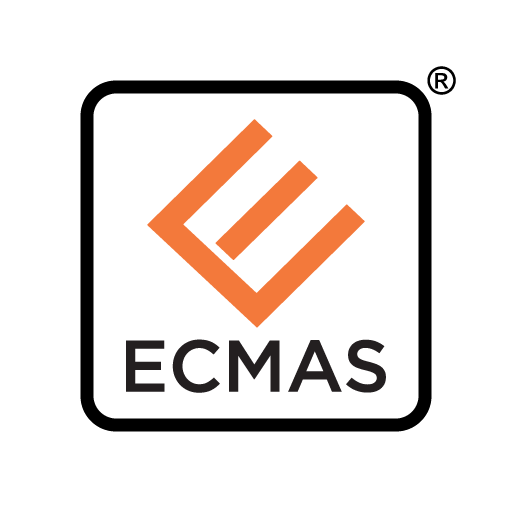Over the last few decades, the construction industry, especially in developing nations like India, has been on a steep rise, necessitating the development of construction materials for higher durability, increased productivity and better use of limited resources.
While concrete has its own growing requirements, so does cement. The key goals for cement manufacturers are to reduce the costs in cement production and minimize the environmental impact while improving efficiency.
Cement additives are chemical materials added to the cement during manufacturing to improve its physical and chemical properties. Cement manufacture involves raw materials like alumina, lime, iron oxide, and silica. After mixing, these materials are heated to over 1500℃ to allow the cement to achieve its final chemical properties.
Cement additives boost the efficiency of the grinding process of the mill and provide a narrower particle size distribution (PSD) of concrete, which impacts cement performance characteristics like water demand, strength and settling time.
These additives are made up of several natural or inorganic compounds like triethanolamine and tri-isopropanolamine. Selection of certain chemical components ensures the appropriate effect on cement hydration, often combining acceleration and retarding properties, to achieve the desired effect on water demand, setting and strength development.
At ECMAS, the cement additive products are provided for three functions:
Grinding Aids
Grinding aids are used extensively in the mill content to increase the size reduction rate of cement particles. By increasing the size reduction rate, the mill can put less power on grinding without negatively impacting the properties of the resultant cement.
Performance Enhancers
Performance enhancement additives are proven to change and improve the properties of cement, like strength, flow and workability, thereby upgrading the usability and durability of the cement.
Productivity Enhancers
Productivity enhancers are used widely in the limestone grinding process to increase the mill’s grinding efficiency, output, and productivity. Moreover, they reduce the power consumption of the mill and improve the availability for mill maintenance.
